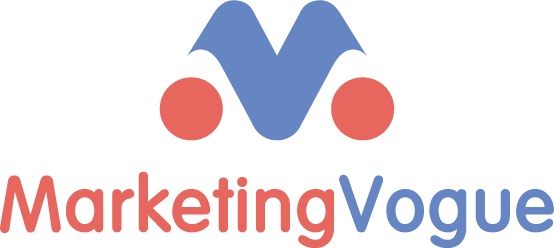Choosing the Right Content Mix for Effective Lead Generation
When it comes to lead generation, it’s not about choosing one type of content over another—whether that’s white papers, webinars, or analyst reports from firms like Gartner. The key to success lies in a well-balanced mix of content across all stages of the buying cycle.
As content marketers focused on B2B industries, we have direct insight into which types of content drive the best engagement in your market. We understand how your content mix compares to your competitors and can guide you toward creating campaigns that truly resonate with your audience.
In this article, we’ll explore what makes up a balanced lead gen campaign, the content types your customers prefer, and how many assets you should include to maximize your impact.
What Should Your Content Mix Include?
Our 2023 Media Consumption Survey revealed that the average buyer engages with four or more different content types during their research process. This is a major reason why you need to offer a variety of content throughout your lead gen campaign.
One important thing to keep in mind is that potential buyers don’t just want to be sold to—they want to be educated first. In fact, 92% of buyers say they’re more likely to engage with a vendor that has helped educate them on a relevant topic or technology.
A successful lead generation campaign typically includes a blend of these content types:
- Third-party research reports from reputable analyst firms like Gartner and Forrester.
- Webinars featuring credible experts who provide in-depth insights on industry challenges and solutions.
- E-books and white papers that dive into customer pain points and provide detailed solutions.
- Snackable content such as infographics, checklists, and short-form videos. These should be concise yet informative.
- Case studies that showcase real-world applications of your product or service.
- Product-focused content that highlights specific features and benefits that address common business challenges.
These content types are essential because your prospects are looking for objective, credible information that helps them understand their problems and potential solutions.
Content Across the Buying Cycle
When it comes to content, it’s essential to align your assets with the buyer’s journey, which typically has three stages: awareness, consideration, and decision.
- Awareness stage content educates buyers about a problem or opportunity they may not have been aware of.
- Consideration stage content compares different technologies or approaches to solve that problem.
- Decision stage content zeroes in on why your solution is the right choice to meet their needs.
When selecting content for each stage, consider these five questions:
- How mature is your market?
- Is there a new challenge or trend affecting buyers?
- Is your brand well-established, or are you trying to break into the market?
- Are you competing with established leaders?
- What topics matter most to your audience?
In general, awareness and consideration stage content will perform better because it reaches a broader audience, but decision-stage content is still crucial for differentiating your brand.
How to Balance Content Across the Funnel
A good starting point for structuring your content mix is the 40/40/20 rule: allocate 40% of your content to the awareness stage, 40% to consideration, and 20% to decision stage. This can be adjusted based on your market’s maturity and other industry dynamics.
Addressing the Entire Buying Team
A typical buying team is made up of multiple people with varying roles and priorities. On average, there are eight or more decision-makers involved in the purchase process. This makes it all the more important to have a diverse content mix that can cater to different preferences and needs across various departments and levels of seniority.
How Much Content Do You Need?
To ensure your campaign is effective, aim to have at least 12 pieces of content. This is more than double the five assets recommended in 2021, reflecting how much more independent research buyers are doing before engaging with a vendor. And don’t stop at 12—90% of IT buyers are more likely to respond if they’ve seen multiple pieces of content from the same vendor. The more content you have, the more touchpoints you can create to engage multiple members of a buying team.
Also, remember to tailor your content to different roles. For example, practitioners may care more about the day-to-day benefits of a product, while senior executives are more focused on ROI, operational efficiency, and long-term business impact.
The Bottom Line
Your content mix plays a crucial role in how prospects respond to your outreach. Awareness and consideration stage content should take the lead, as it will help you capture the broadest audience. However, decision-stage content is just as important for helping prospects make their final choice.
By offering a balanced mix of content types—such as third-party research, webinars, case studies, and product-focused materials—you’ll be well-equipped to educate and engage your prospects throughout the entire buying cycle. Keep your content educational, relevant, and tailored to the needs of each role within the buying team, and you’ll be on your way to a successful lead gen campaign.


